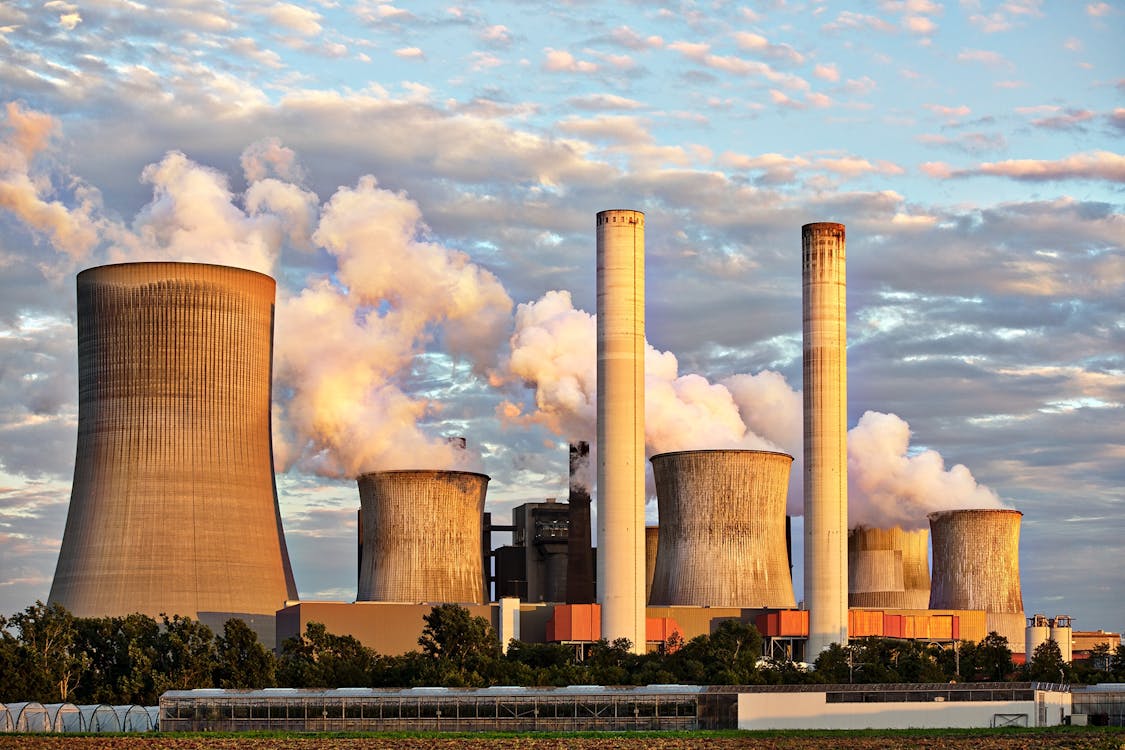The oil and gas industry has its fair share of technical jargon or rhetoric. Terms like BOEPD, downstream or upstream, and Christmas tree won’t make your mind jump instantly to oil or gas. Similarly, “conventional” and “unconventional” are terms that are commonly used throughout the O&G sector.
While both are drilling techniques, what’s the future like for each of them? And what makes them different from one another? Consumers cannot distinguish whether the oil in the tank was produced from an unconventional or conventional reservoir.
When the oil reached the surface, it was just another barrel of oil. The actual difference between the two lies in the cost of getting that barrel to the surface. Team CNPS explored both techniques in more detail to demystify them for a better and easier understanding.
The Primary Difference
Primarily, the extraction method differs for both techniques. As the name suggests, conventional oil, which is more common, involves vertical borehole extraction. Meanwhile, unconventional extraction requires horizontal wells for boring. Alternatively, fracking can also be used. Let’s dig deeper to learn more about each extraction technique.
Conventional Extraction
Most people are familiar with this type of drilling technique for oil extraction. It involves vertical drilling to let the resources flow upward safely and easily due to pressure. Of course, this depends on the degree of the reservoir’s homogeneity—the more fractures or faults in the reservoir, the less efficient the recovery will probably be.
Conventional extraction allows cheaper extraction and quicker production of high-quality oil that needs comparatively little processing or refining beyond extraction. This form of oil extraction and production takes place both offshore and onshore. When the well gets older, drillers can put a pump jack on the wells to pump more oil out of them.

Unconventional Extraction
Unconventional extraction is relatively more complex, with output diminishing much more rapidly than the conventional counterpart. The process is longer because producing from the low permeability reservoirs requires multistage fracking and horizontal drilling technologies. The wells are typically tight, so the oil movement also takes a longer time geologically. With so many intricacies involved, large-scale production using this method results in higher costs and lower oil production annually compared to conventional extraction.
But the technique is more useful for bitumen and light-tight oil extraction that’s worth producing when oil prices are high. Therefore, findings suggest that beyond the production cost, the difference in oil is another factor that makes the market share of conventional oil as high as 90%. Unconventional oil captures the remaining 8% market, while 2% stems from biofuels.
Do Both Techniques Compete with One Another?
Contrary to popular belief, unconventional and conventional oil extraction techniques are not in competition with each other. In fact, the opposite is true. Both drilling methods often go hand-in-hand. For instance, if an underlying reservoir in the conventional sand was being produced in an area with very old production, companies can use vertical drilling to pump small amounts.
But for higher productivity, they can also use horizontal drilling and fracking for economic producibility. By doing so, seemingly worthless assets quickly become worth millions of dollars due to unconventional oil fields underneath the conventional ones.

Is One Technique More Profitable Than the Other?
Many companies specialize in both unconventional and conventional oil drilling. It’s more common for companies to begin drilling with the conventional technique before moving on to unconventional drilling later on.
Although fairly expensive, unconventional oil provides the opportunity to be repeated multiple times. If a company has six wells spread across 120,00 acres, all six wells are repeatable. This means another 1000 wells can be drilled. In the end, it can become more like a gas and oil manufacturing operation.
Which is better for the Environment?
Companies don’t need as much work onshore with conventional oil extraction techniques. This is because the mechanical and carbon footprint for such operations is much smaller. On the contrary, the beauty of unconventional extraction is its repeatability. Sometimes companies run into mechanical problems, but it’s just like driving a car. As soon as the key is put into the ignition, the car will start, and you can drive it down the road.
Most businesses in the O&G sector, therefore, like to use a mixture of both unconventional and conventional extraction. Finding fields that produce millions of barrels is difficult and doesn’t come along frequently. However, the good news is that humans have still not completely discovered every crevice of the planet, so there’s the possibility of discovering land with oil reserves.
Get Started with CNPS

No matter which extraction method you prefer, when it comes to getting oil and gas equipment and services, partnering with CNPS is the best way to optimize safety and productivity. Dominating the industry since 2008, we’re proud to be known as one of the leading energy solutions companies that offer high-quality renewable energy solutions, including geothermal solutions and non-metallic solutions, to O&G companies worldwide.
Schedule a consultation right away to learn more about OCTG piping solutions, fiberglass pipe systems, composite pipes, fiberglass tanks, mud logging equipment, and oilfield service equipment. We also offer OCTG pipe and EOR technology solutions, among other oil and gas equipment and services. You can also give us a call for urgent queries or orders!


